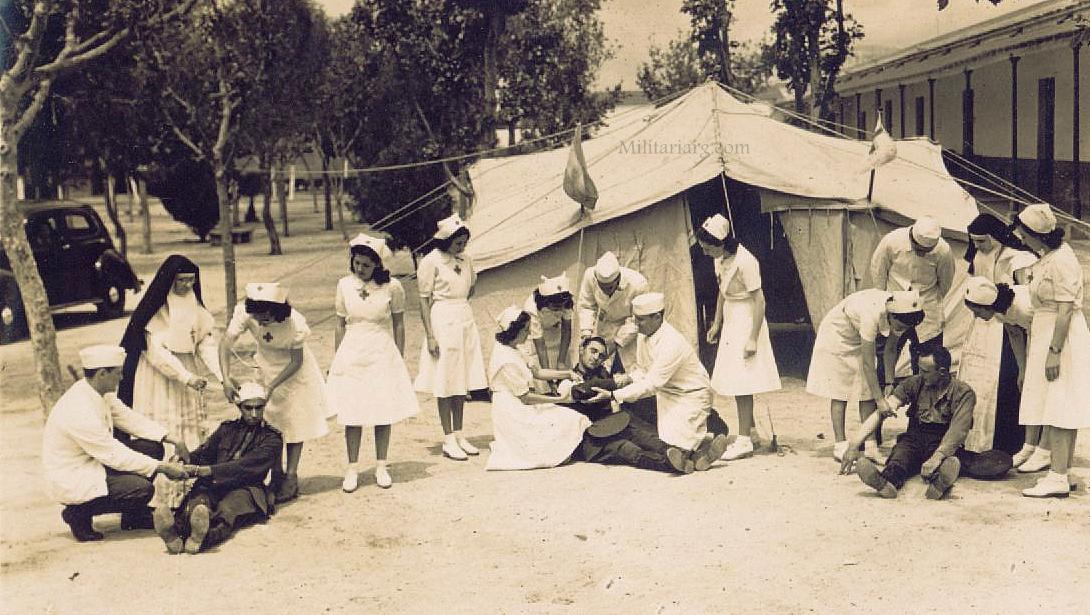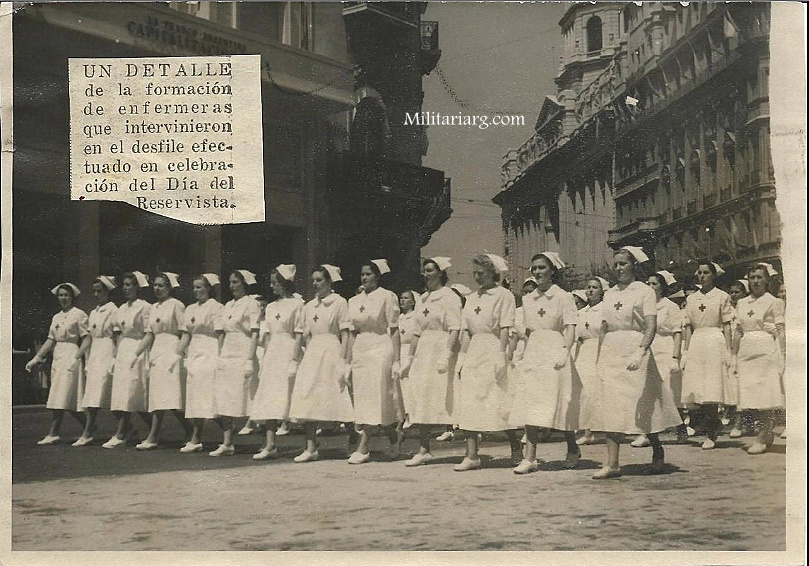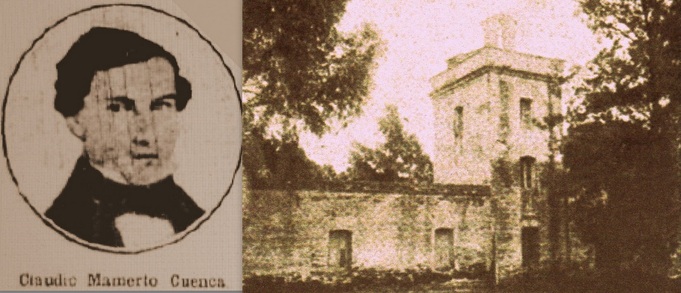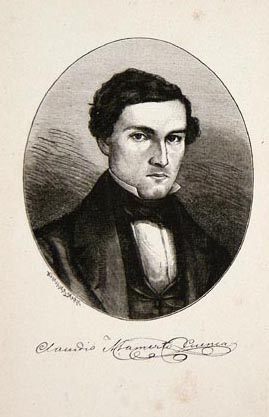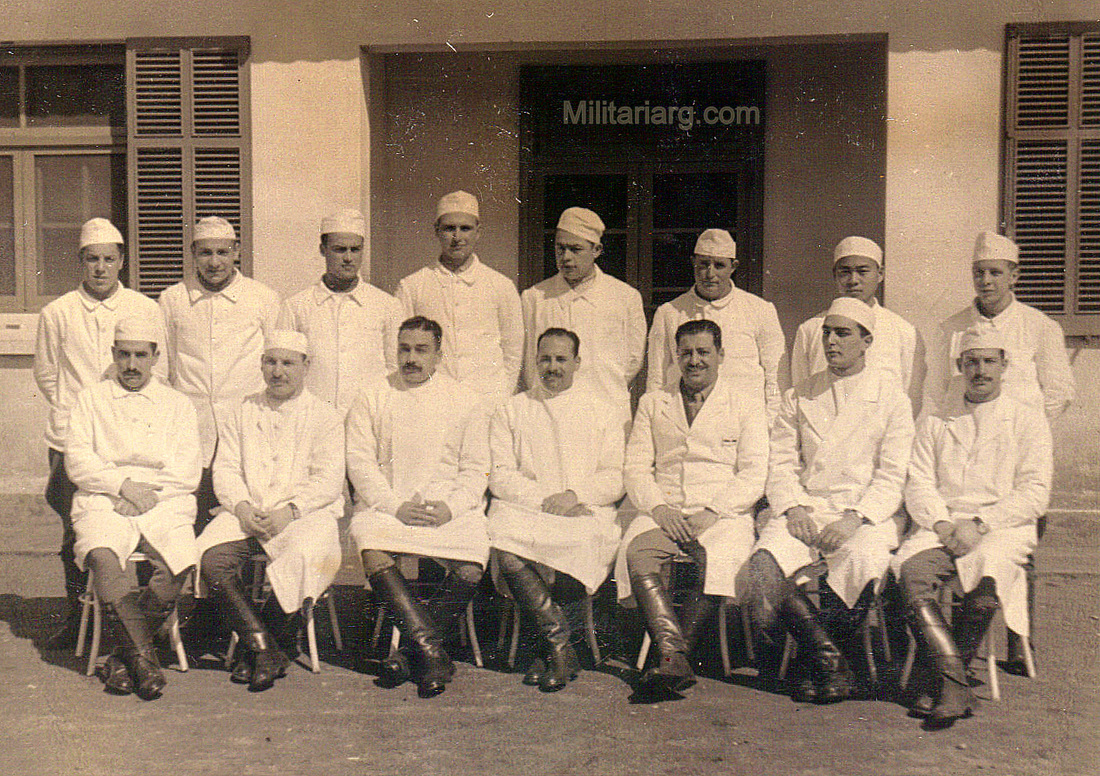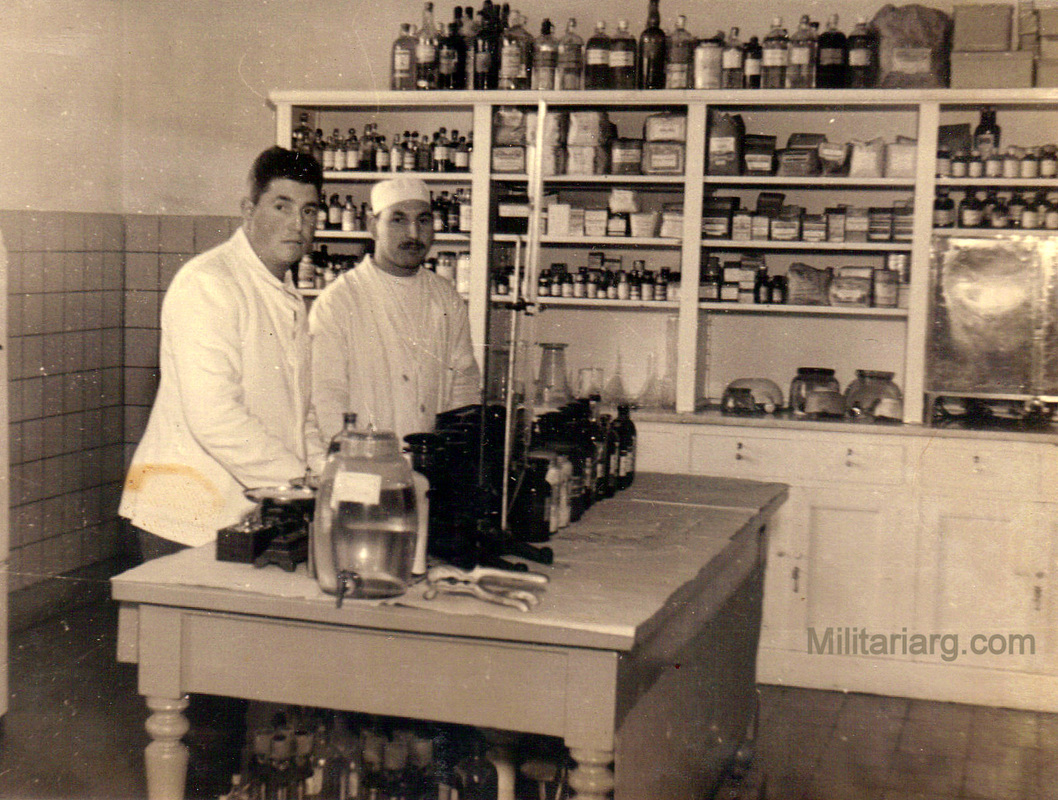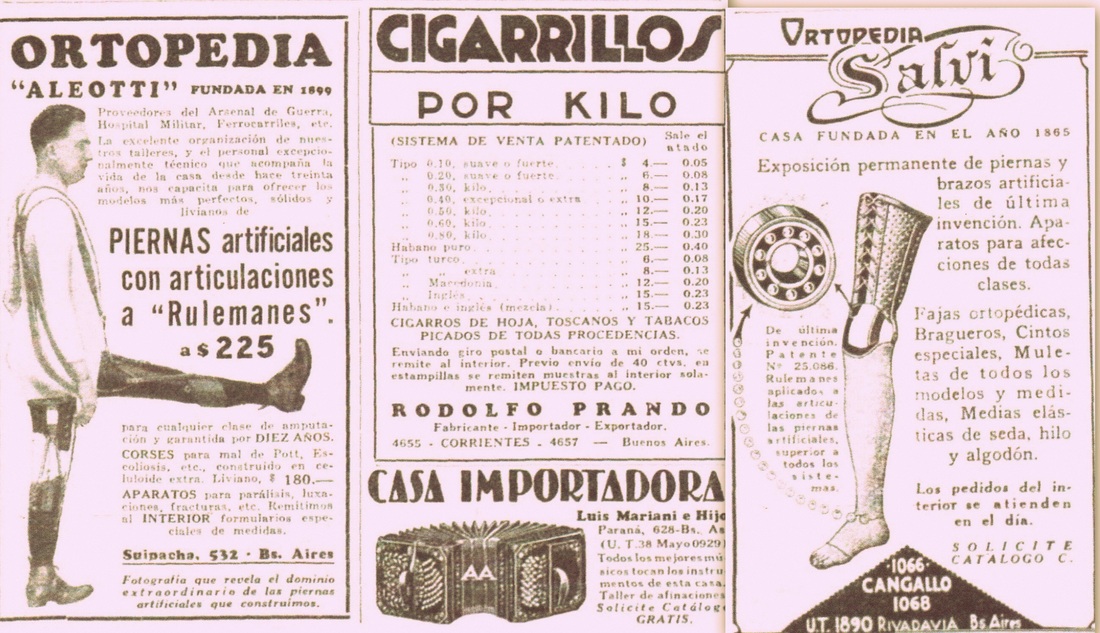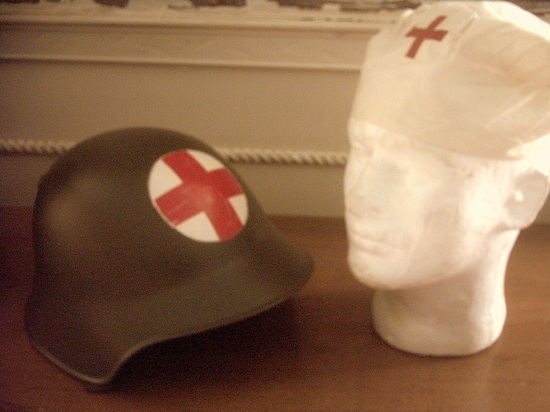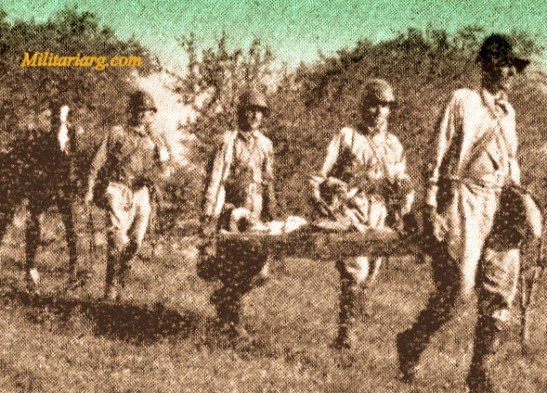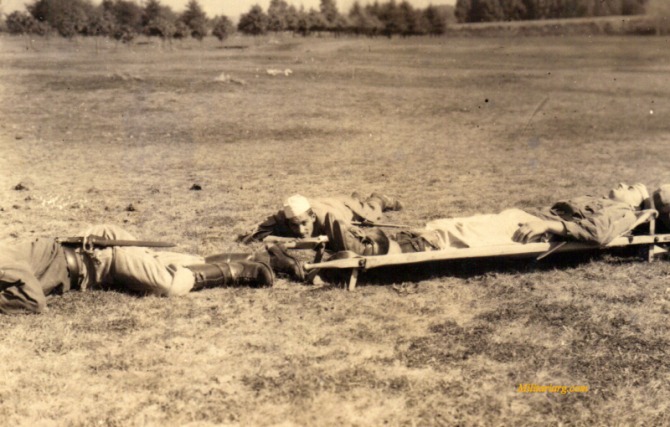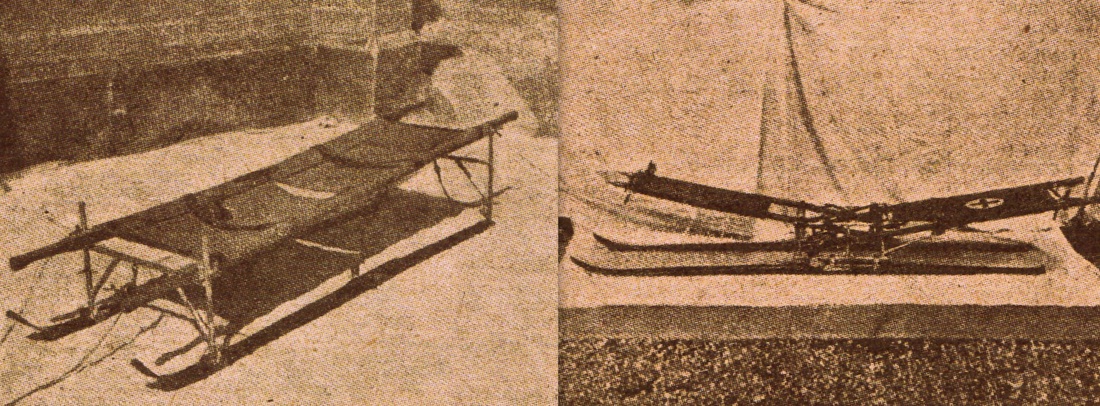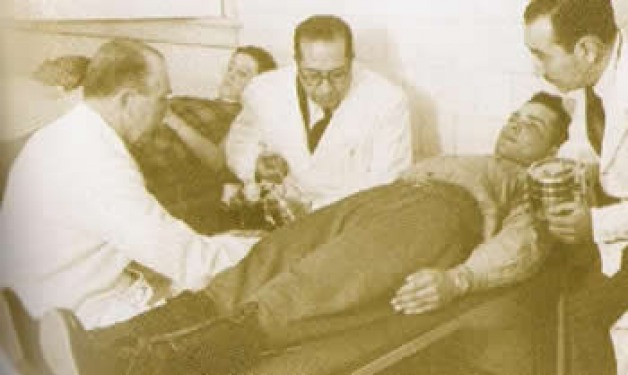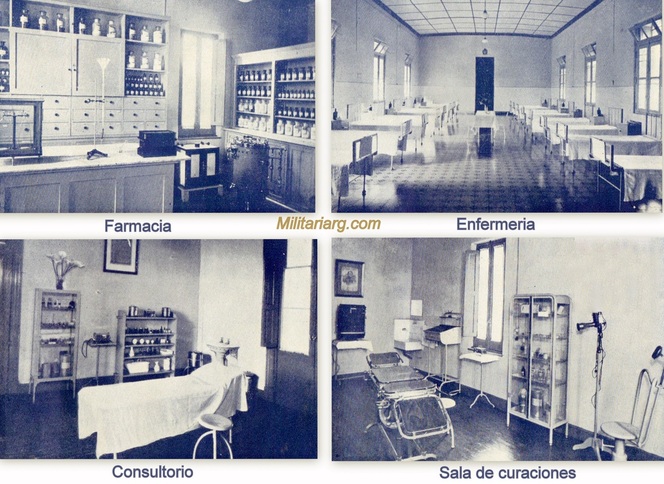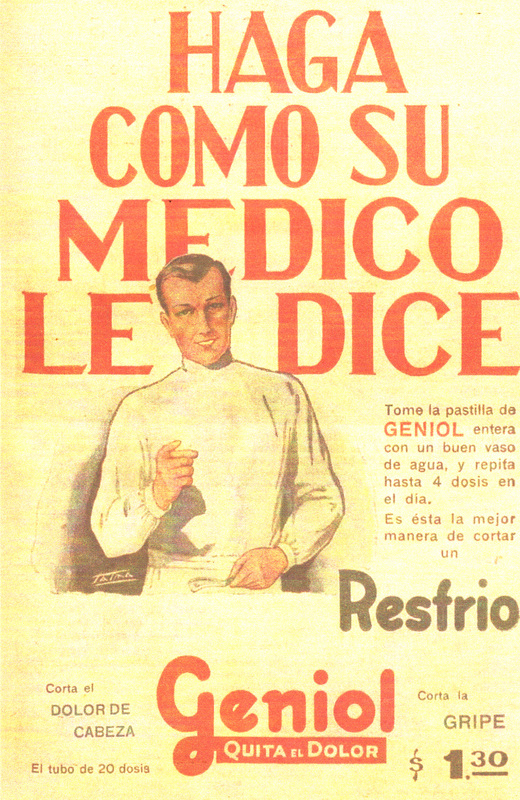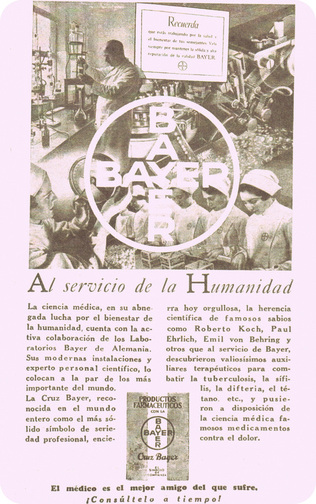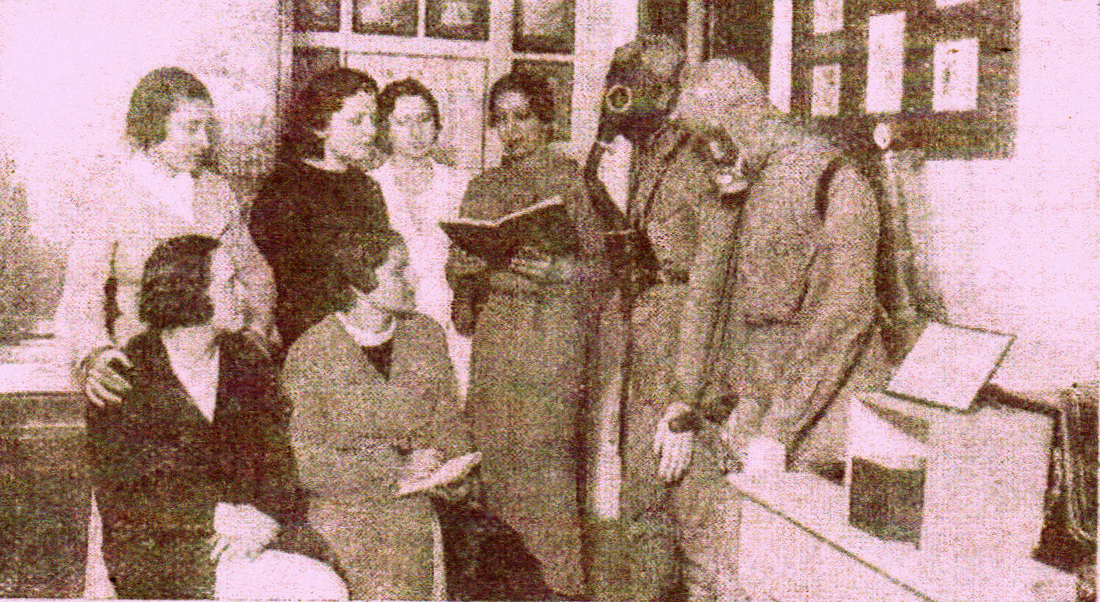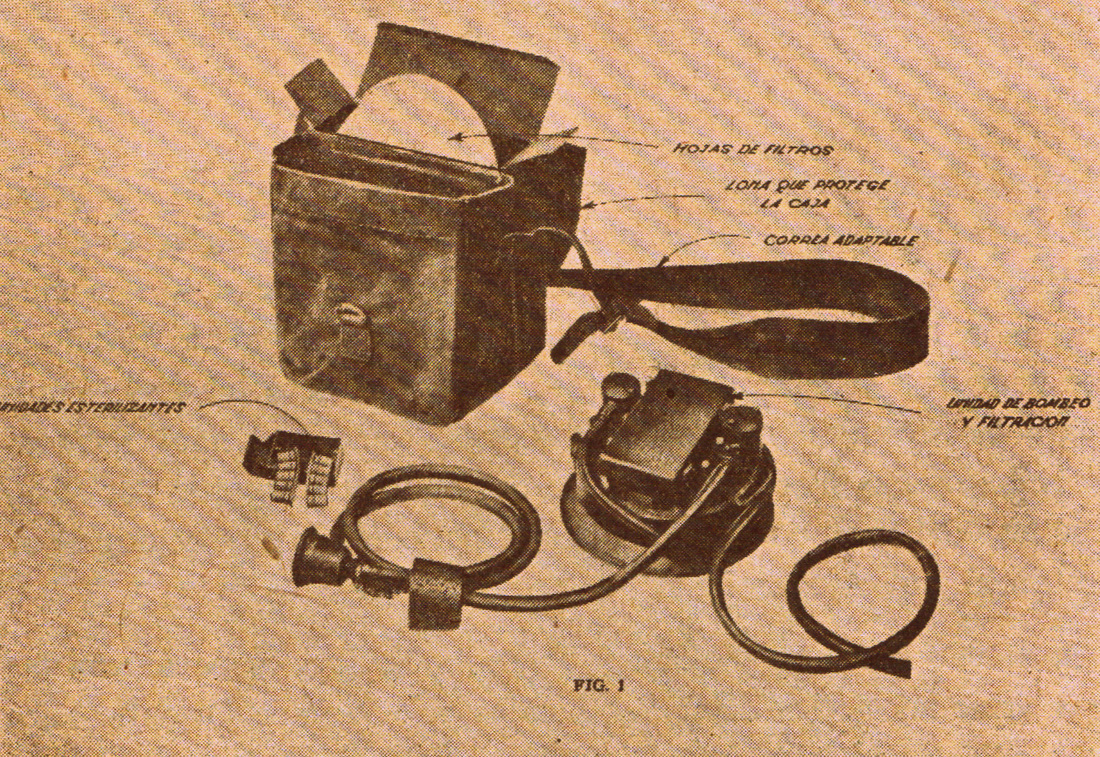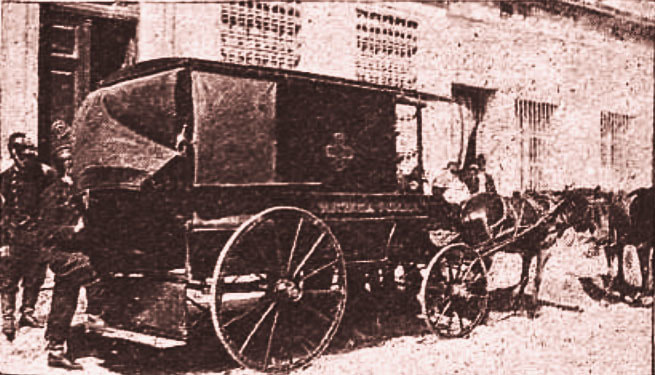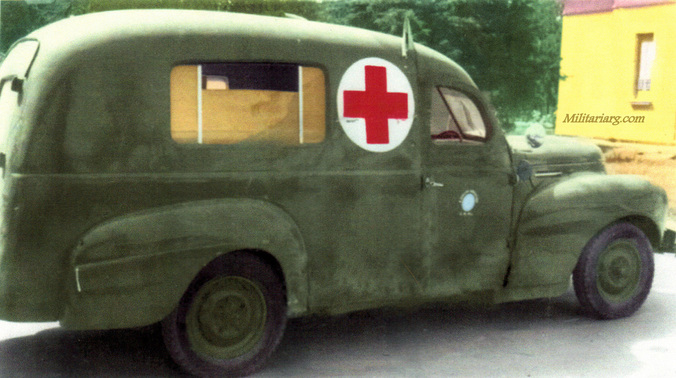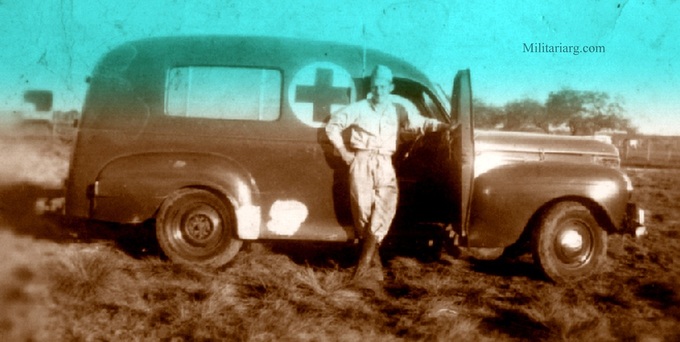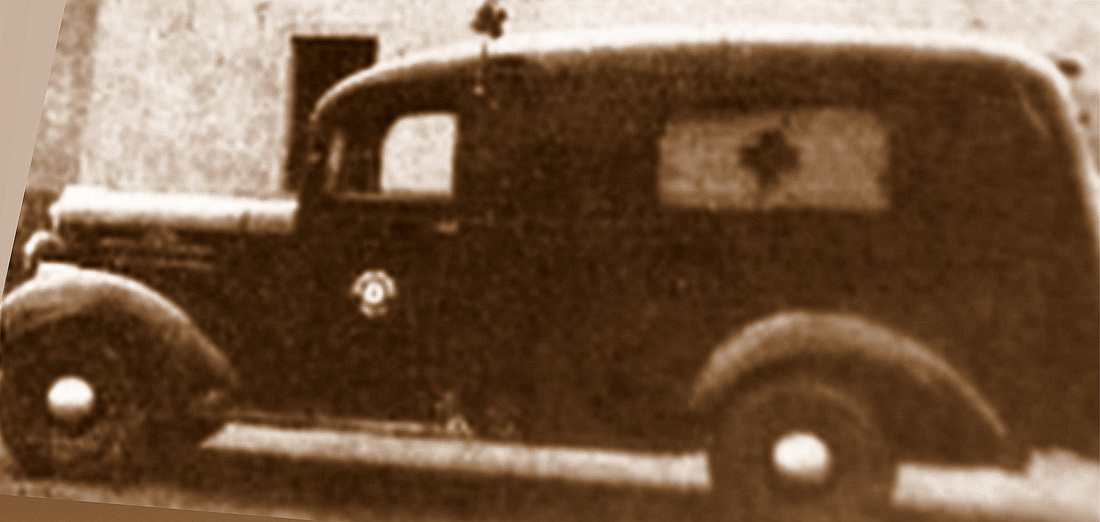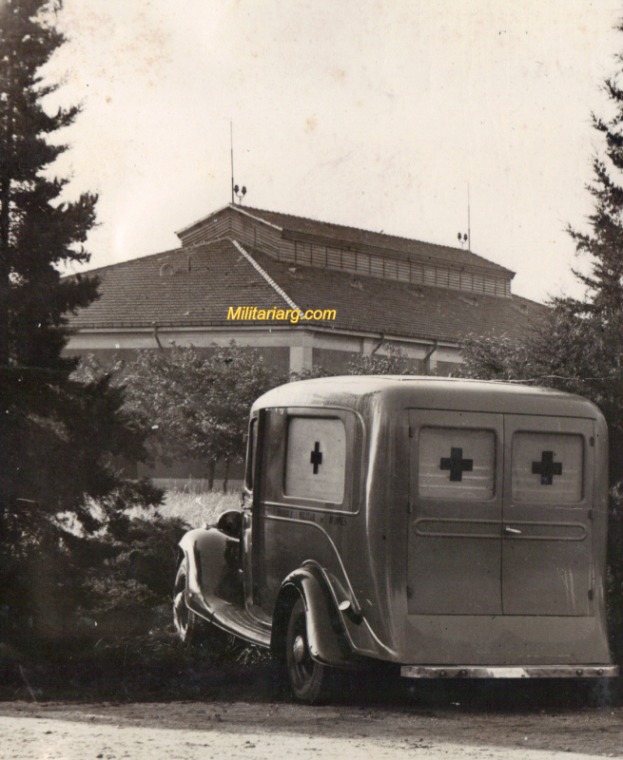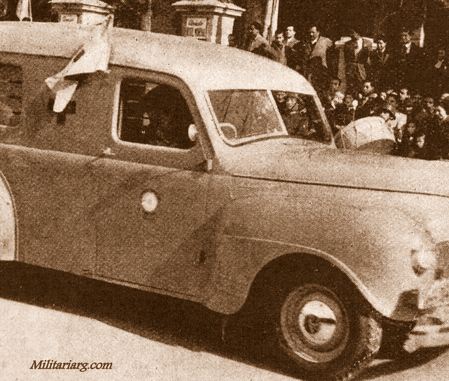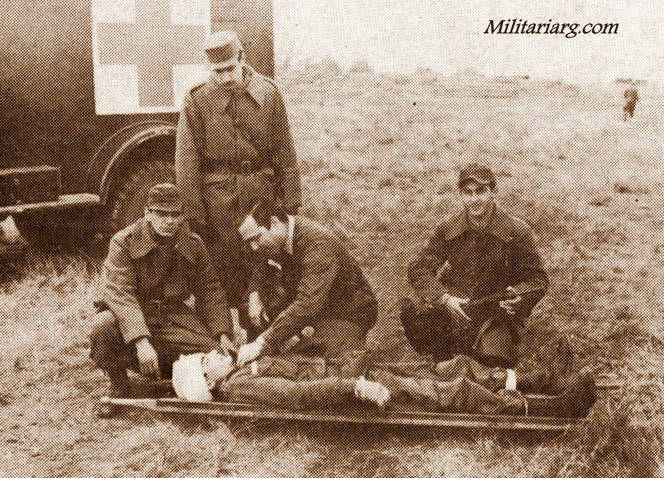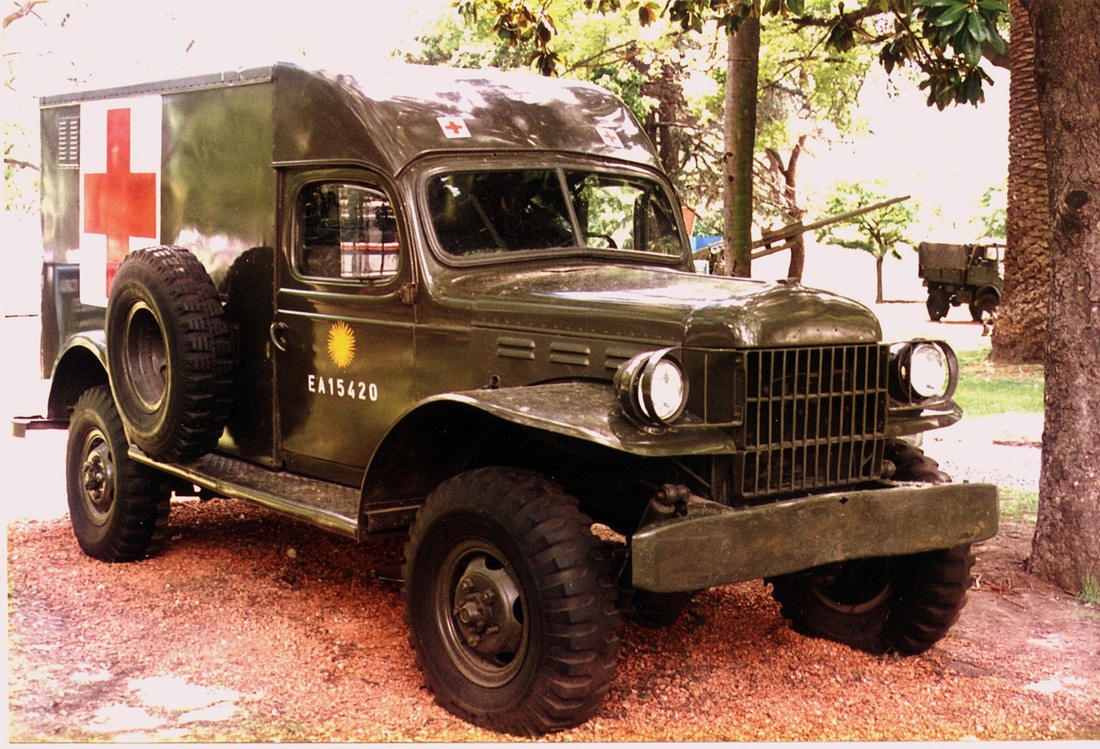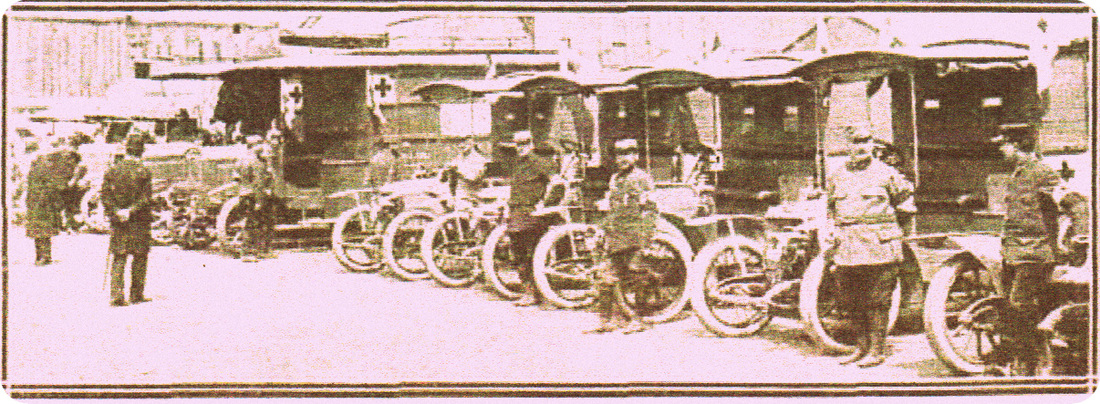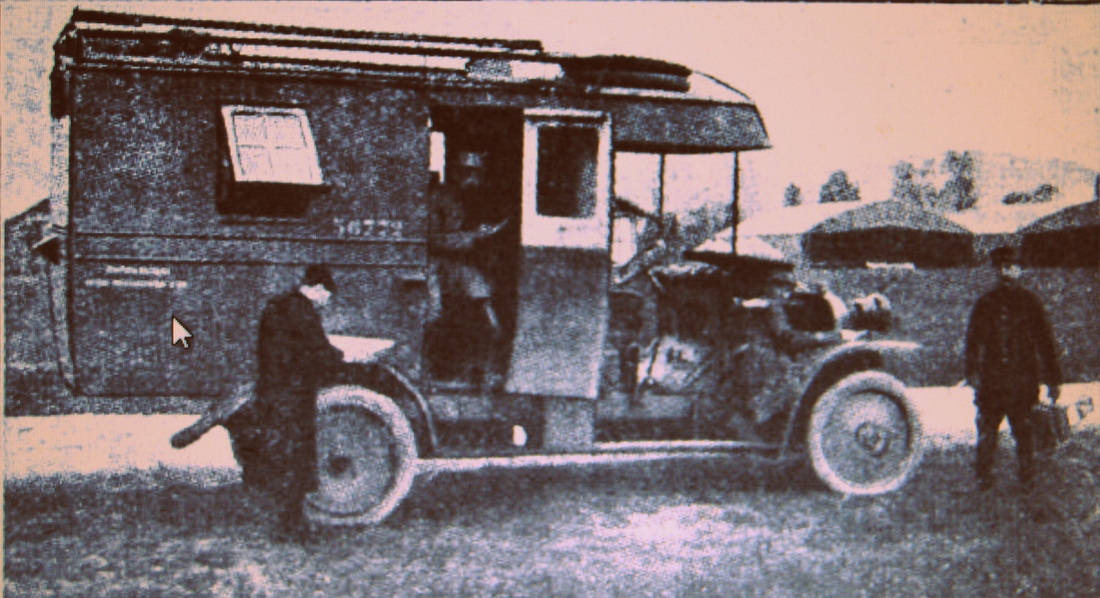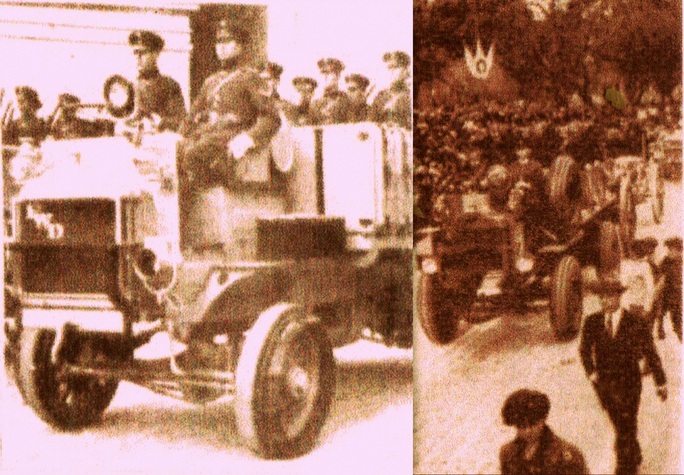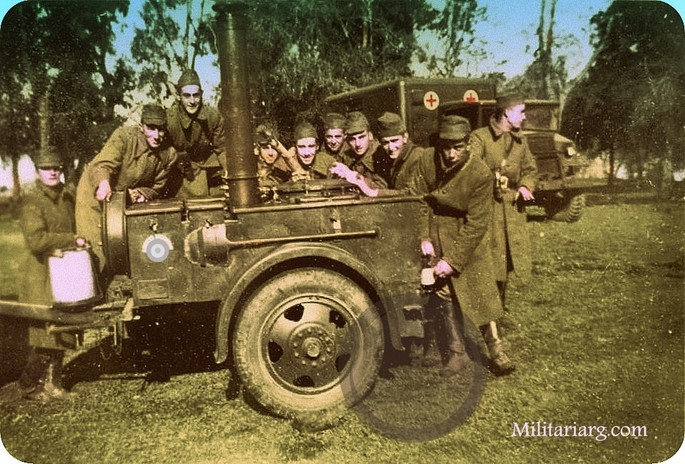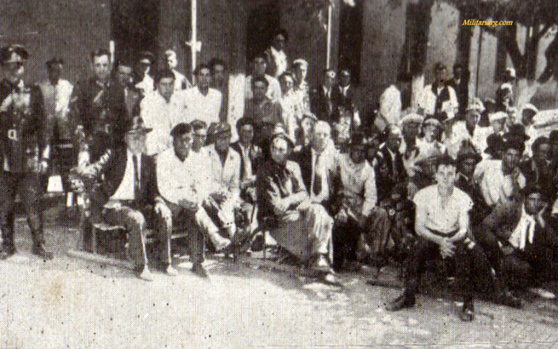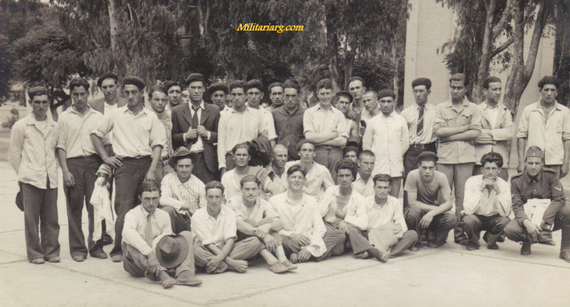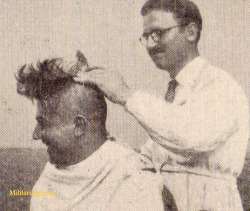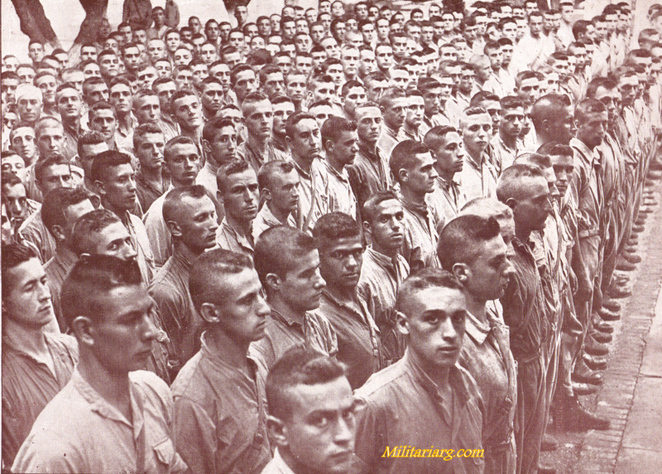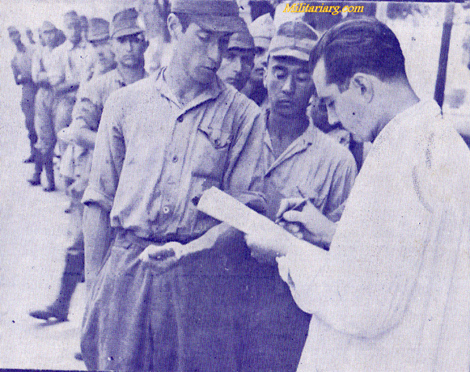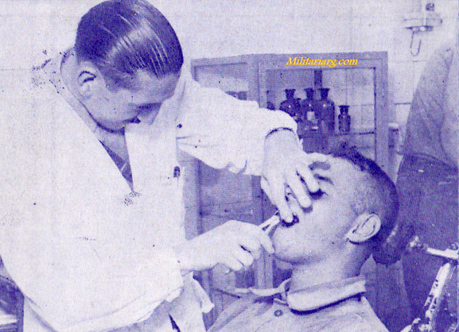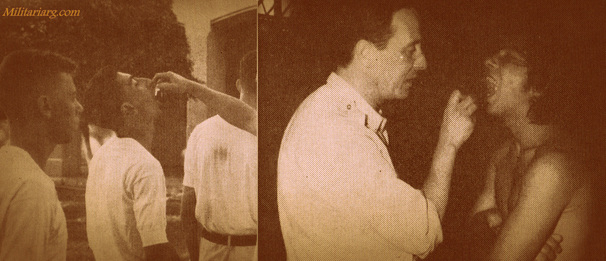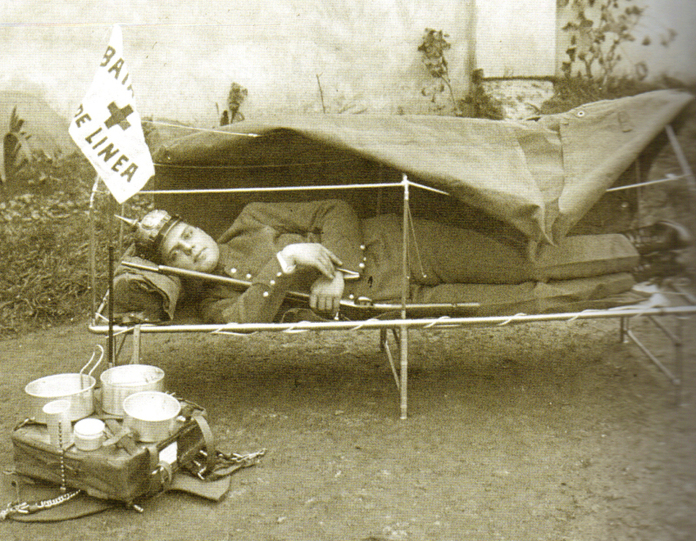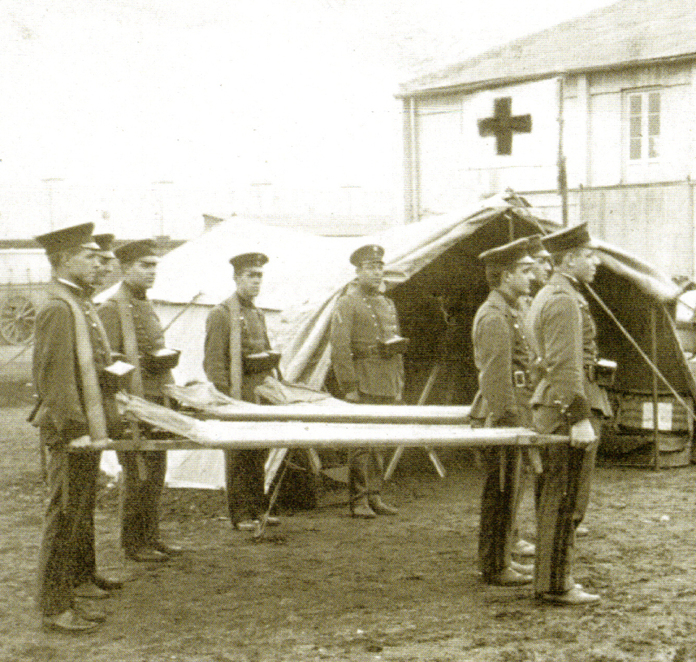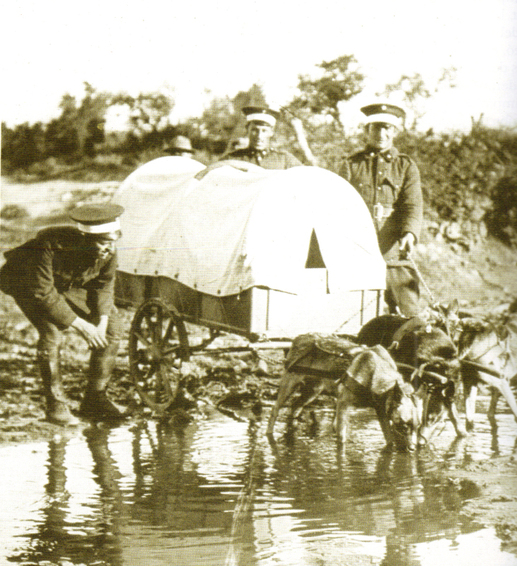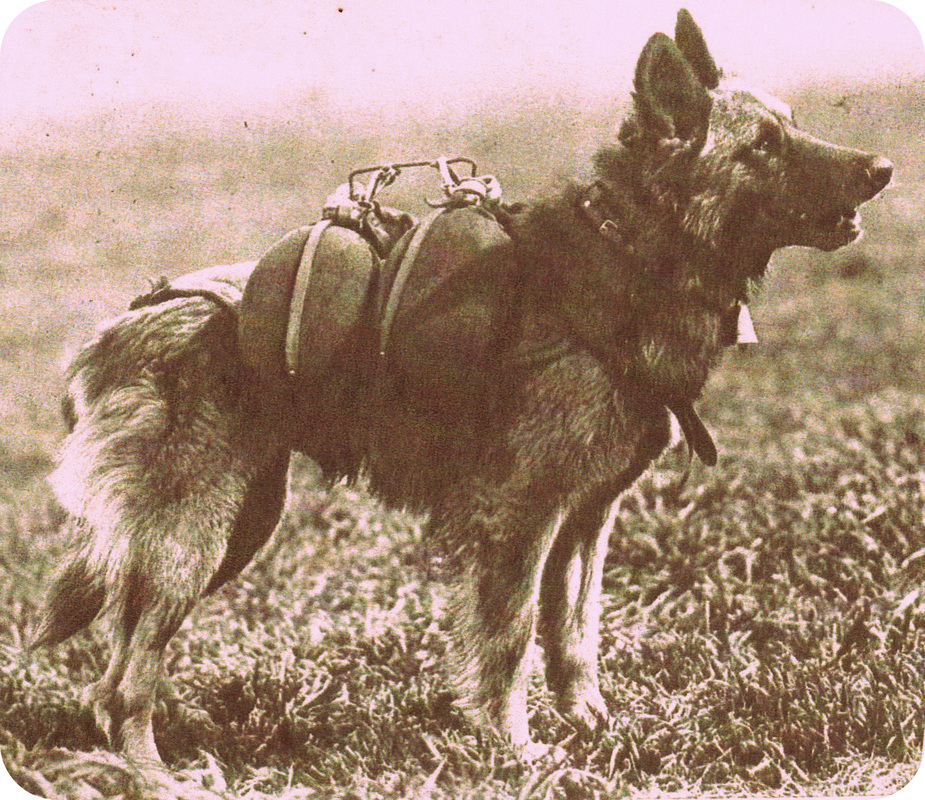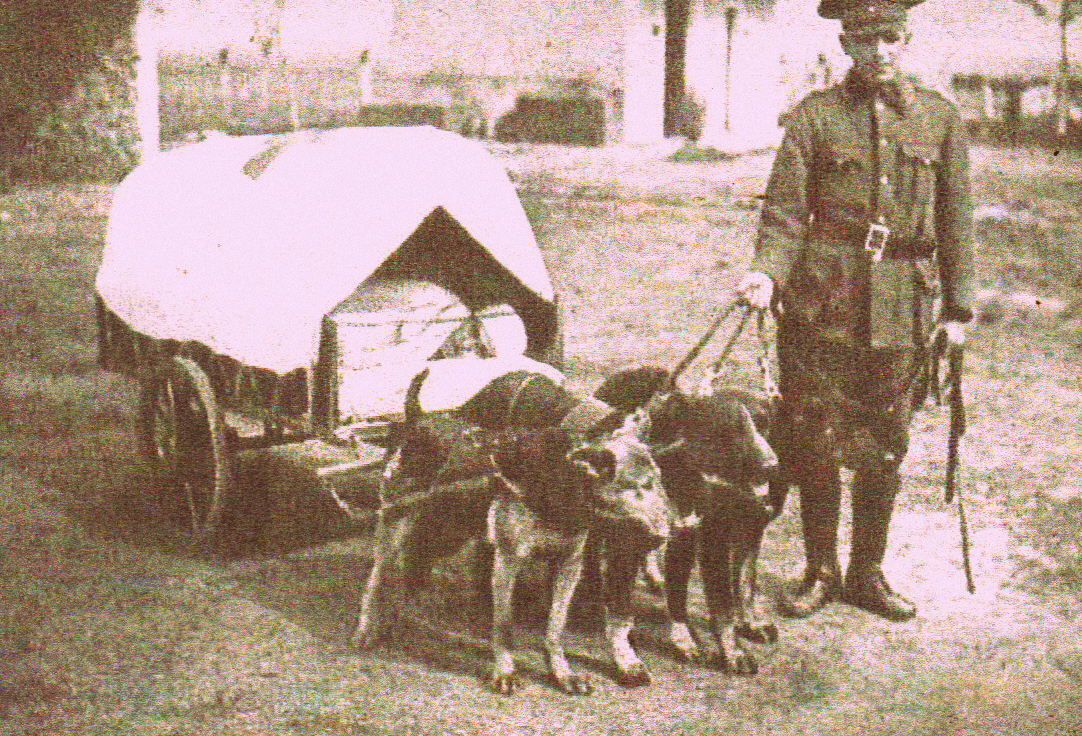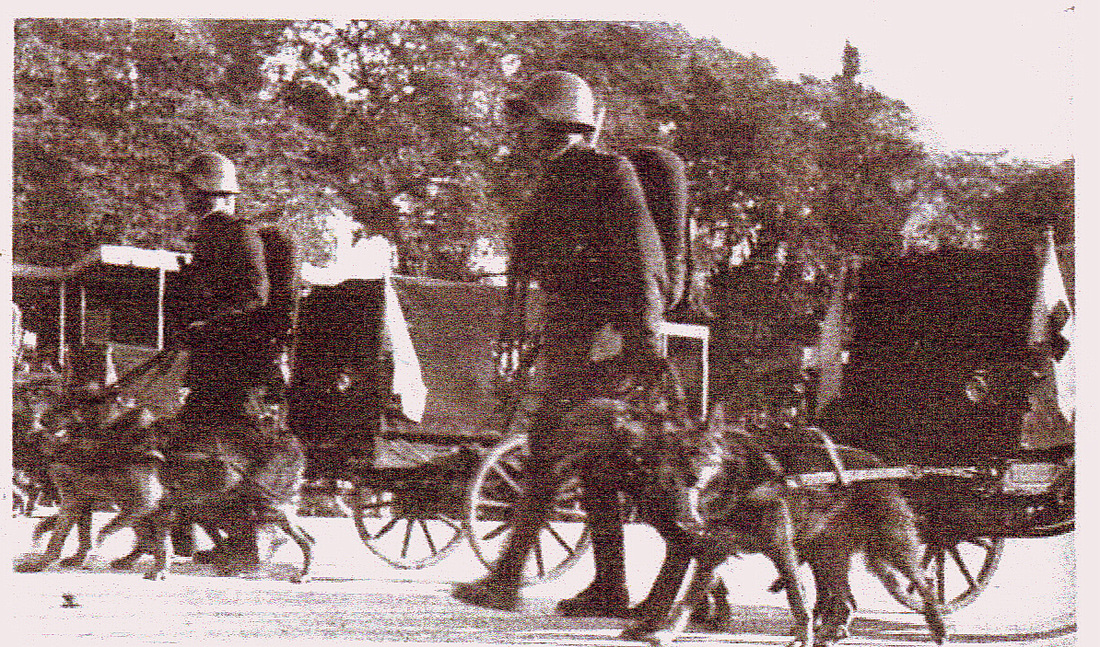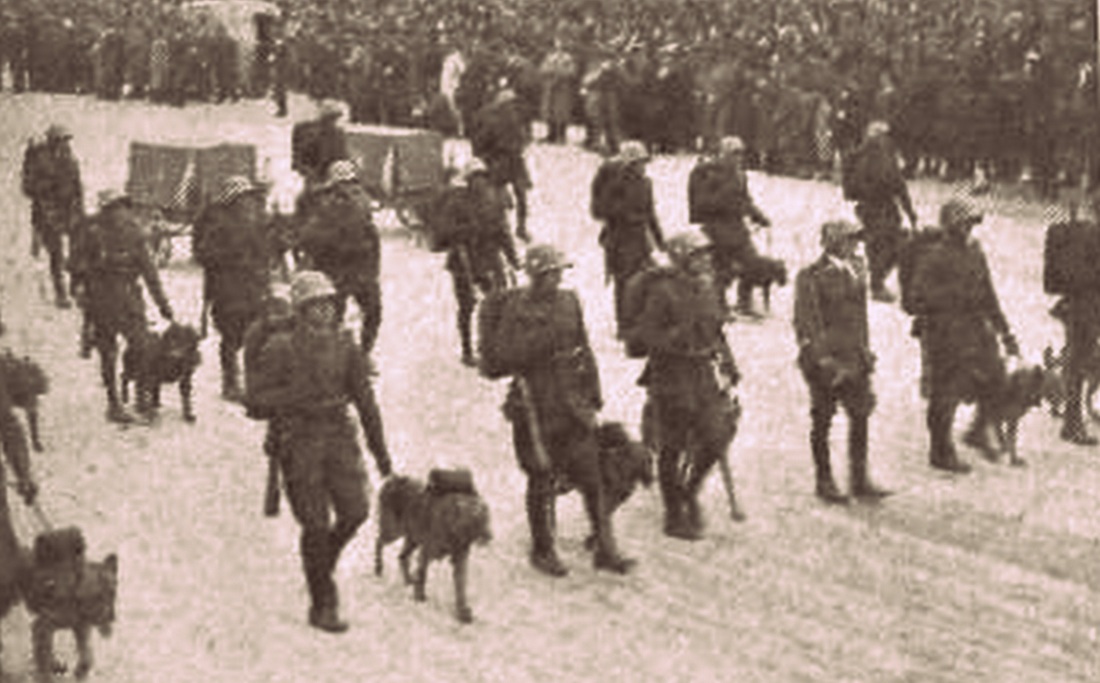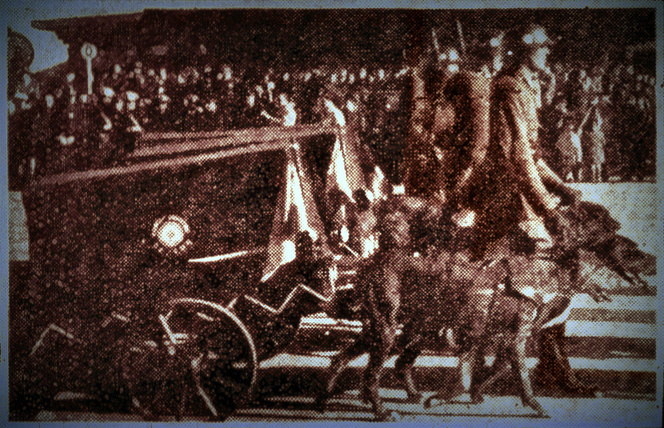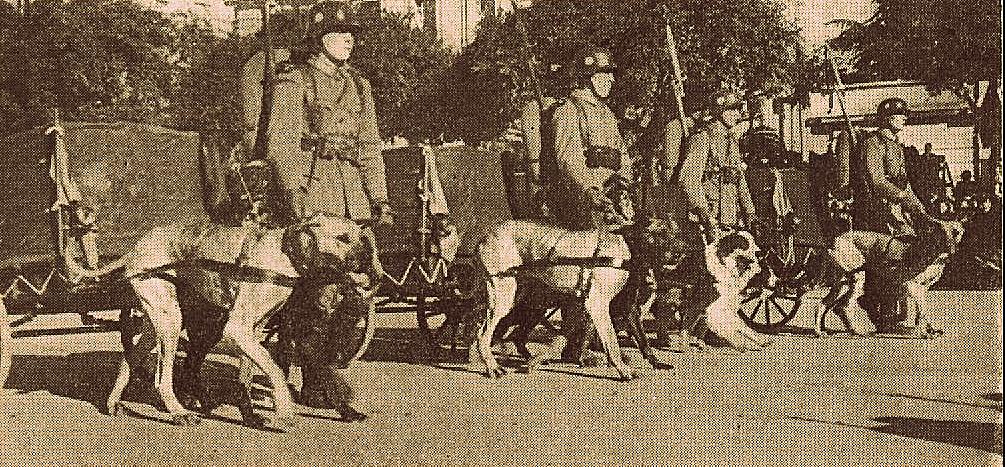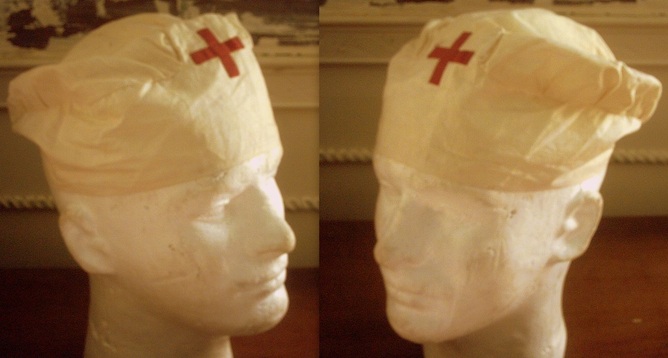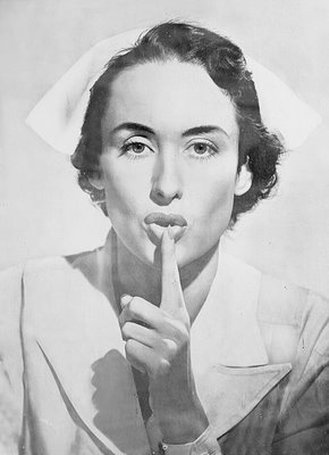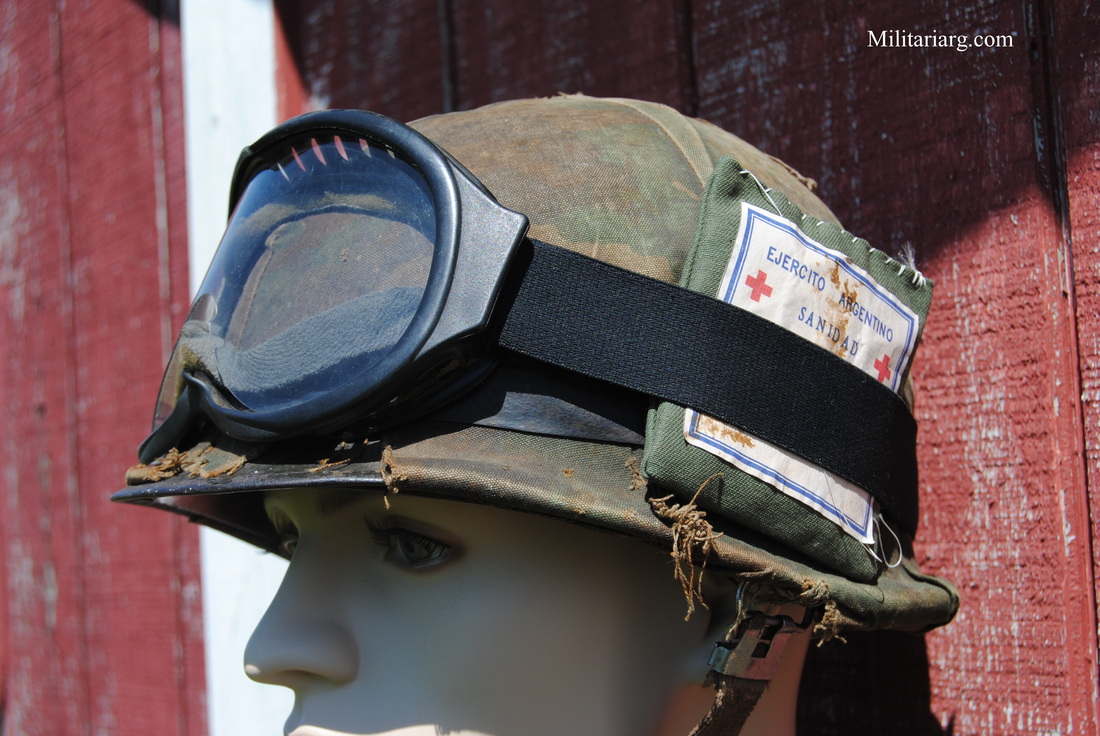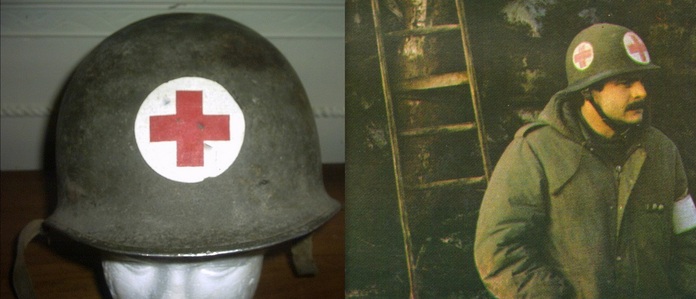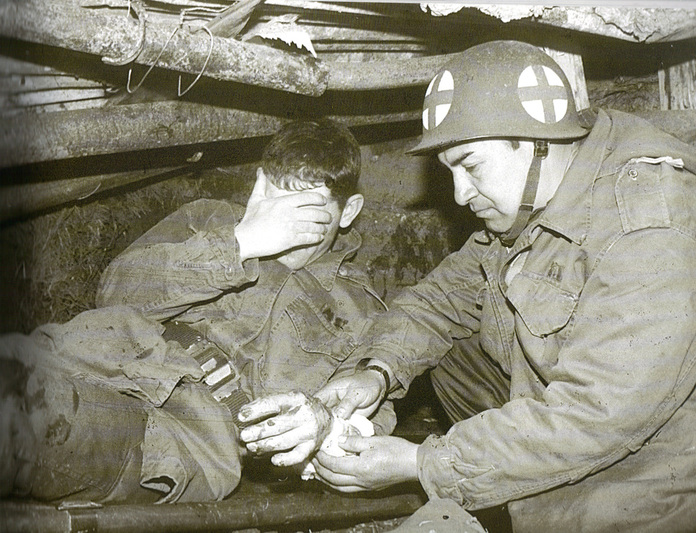Dr Claudio Mamerto Cuenca. Right: On the right is the hospital where he was killed.
At the end of the Battle of Caseros, the troops that took the fortified area brutally killed the injured in the field hospital. The surgeon, Doctor Claudio Mamerto Cuenca, still with stitches in his hands, tried to defend the injured but was killed. Dr. Cuenca was born in 1812. In addition to being a surgeon, he was a poet, philanthropist and playwright. Among other
Argentine doctors, who are recognized for giving their lives for humanity and for science during wars, emergencies and plagues we can mention Julio Fernandez Villanueva (painter of battles). One of his works is the "Batalla de Maipu"
which is in the National Museum. During the revolution of 1890 he went to help the injured and was killed. Jenaro Nunez Lozano; Ricardo Gutierrez who founded a children's hospital, Balbastro; Jenaro Sixto; Julio Jolly; Carlos Firpo; Del Viso; Juan B. Perazzo; Bortolazzi; Lanari; Felipe Basabilvaso; Juan B. Perazzo; Roque Perez; Manuel Argerich; Matias Rivero, O'Donnell(Obligado Combat 1845), Pirovano; Del Viso. Of course there were many other examples of anonomous who gave their lives for the profession. The following list and dates comes from an article by Juan Jose de Soiza Reilly for the magazine"Caras y Caretas" in 1938.
Argentine doctors, who are recognized for giving their lives for humanity and for science during wars, emergencies and plagues we can mention Julio Fernandez Villanueva (painter of battles). One of his works is the "Batalla de Maipu"
which is in the National Museum. During the revolution of 1890 he went to help the injured and was killed. Jenaro Nunez Lozano; Ricardo Gutierrez who founded a children's hospital, Balbastro; Jenaro Sixto; Julio Jolly; Carlos Firpo; Del Viso; Juan B. Perazzo; Bortolazzi; Lanari; Felipe Basabilvaso; Juan B. Perazzo; Roque Perez; Manuel Argerich; Matias Rivero, O'Donnell(Obligado Combat 1845), Pirovano; Del Viso. Of course there were many other examples of anonomous who gave their lives for the profession. The following list and dates comes from an article by Juan Jose de Soiza Reilly for the magazine"Caras y Caretas" in 1938.
|
El Suspiró
(Canción) Soplo vano que apaciguas De los males la inclemencia Tan fugaz en tu existencia Como inmenso en tu poder: Dioté amor su dulce fuego, La belleza su misterio, Cuyo blando dulce imperio, Es tu afán engrandecer. Tu descubres el efecto Que el rubor no permitía, Das al tímido osaría Y eres nuncio del amor. De dos almas entretienes La simpática ternura, Y proteges la hermosura Contra el tedio y desamor. Tu conviertes en sonrisa Del amante los recelos Y disipas de sus celos El veneno matador. Por ti nace la esperanza Ya no mas alimentada Y la llama sofocada Recupera su fervor. Nunca faltes a los labios De la bella a quien adoro, Cuando en blando ruego imploro Un favor a su esquivez: Ni le niegue una sonrisa De mi pecho al Ay!ardiente, Cuando acusa de inclemente La crueldad de su altivez. Claudio Mamerto Cuenca. |
Un soneto
Un soneto! Sí, Fabio; un cuarto de hora Qae escribo, y sudo, y voto, y me fatigo, Y llamo al... pero qué... nada consigo; Si más grito y añado más se empeora. Iba a escribir... mas ya,., ni sé ahora; Y es esto diversión ¡ahí no; maldigo Hasta el mismo alto numen que e« testigo Del vático furor que me devora. De esta vez no hay remedio, pierdo el juicio I Quince versos, dos ripios, plan y objeto. Es preciso borrar, qué sacrificio! También tin consonante, un epíteto Mal explicados ¡oh! ¡ya esto es suplicio, Llévese el diablo, pues, pluma y soneto! Beside are some poems in homage to him |
During the general maneuvers developed between October and November of 1946, the Cavalry Regiment 11 was assigned to defend a town in the province of Buenos Aires. The above image shows the services of first responders attending a casualty. The stretchers-bearers of Regiment 11 used helmet Swiss Model 1918, in Argentina referred to as Model 38 which was the year it was adopted in the country. The first nurse appears to have the variant ear cut-off (Cavalry Telephonist). Photo from the album "Recuerdo de mi vida Militar" (Memory of my Military Life) which was given out at the end of military service as a souvenir and in thanks.
Stretcher bearers from an unknown unit hidden from enemy's aerial sight during maneuvers.
Ski strecher bed
Dr Ramon Carrillo
Carrillo was an important international figure in the study of neuroscience. During his private career he contributed valuable original research on brain cells and several diseases. In 1942 at the age of 36 he was named the University of Buenos Aires Chair of Neurosurgery. He was also the Chief of Neurosurgery in the Military Hospital. In 1946 he became the Minister of Public Health under Peron. He was the architect for the national healthcare system. Military service was important not only for the literacy of the soldiers but also for healthcare purposes. The soldiers were vaccinated in the barracks when the otherwise would not have been.
6Th Infantry Regiment 1944. Gral Viamonte.
6Th Infantry Regiment. Mercedes 1939
Above are medical students studying the effects of chemical warfare. Note the Pirelli masks. Caras y Caretas 1935.
Water Purifier Machine
Ambulances
In Argentina the first ambulances arrived from the United States during the War of the Triple Alliance (War against Paraguay), which were of the same model as those used during the Civil War or secession. In the 1900s photo is an 1870-style ambulance, imported from the United States for the police or fire department of the city.
Dodge ambulance (?).
1934. Ford V8 Roadster ambulance.
San Roque Cordoba, circa 1945.Ambulance (?) from the 4th Sapeur Enginner Battalion.
101th Anti-Aircraft Artillery Group 1960s. M615 Dodge Ambulance.
Recommended link:
http://cmabuenosaires.freeservers.com/ambulancia_de_primera_linea_dodg.htm
Argentine Ambulances in France during WWI.
Ambulances donated to France by Argentina during WWI. These vehicles had cabins transformed into ambulance, surgical rooms, laboratories and X-rays. Each had a respective featuer: electricity, heat and disinfecting center.
French communication vehicle from the air service. Many French military vehicles of the Citroen, Renault (including Kegresse ) served in the Argentine army, especially in the communications area.
British FWD Ambulances and their American copies, Nash Quad, during WWII. These possibly surplus vehicles served as prime movers for the Argentine artillery, among other uses.
FWD of the Argentine Army during the decade of the 1920s.
Source: Caras y Caretas.
CMP 3-ton Ford Truck Ambulance.
Young draftees in the 1930s awaiting direction as they report for duty. All are in their late teens or their early 20s.
Draftees in the 1940s awaiting directions as they report for duty. The new soldiers came from all over the country, or even other countries.
I was never sure why soldiers get the short cut, for hygiene or uniformity. My guess is that both reasons are factors. In the 1940s the Russians shaved their heads, the Germans cut the sides short where their caps started, the Americans did the 1/2 American.
Large group of new sodliers awaiting their vaccinations. The shots got them through a year of military service. Observe the military hairstyle, high & tight and flat top (1/2 American style).
Doctor checking the results of soldier's vaccination
1940s. Military dentist checking on a soldier
1960s, enlisted men's. Anti-Aircraft Artillery.
Posed photo for the Argentina magazine "Caras y Caretas" in 1920. It shows an Argentine soldier with a Model 1910, leather-tipped, Pickelhaube helmet laying on a stretcher. Photo from the book "Soldados 1848-1927".
Photo from the 1916 magazine "Caras y Caretas". Stretcher Bearers. Photo was republished in the book "Soldados 1848-1927".
Photo from the 1920 magazine "Caras y Caretas". Surprising logistic method for stocking the first battle lines with medicine carts and transport of injured pulled by dogs. The bands over the hats signified that these stretchers-bearers were in maneuvers. Photo republished in book "Soldados 1848-1927".
War Dogs
K9 War Dog transporting type M-1910 canteens with water and alcohol. Photo: Caras y Caretas 1935.
Photo: Caras y Caretas.
1944. Patricios Regiment.
1947 Revista Militar
Malvinas Campaign
Left: M1 Medic Helmet. Binnerbini collection. Right: Photo: "Malvinas a sangre y fuego" by Micolas Kasanzew.
Source: Malvinas album de la campaña.
